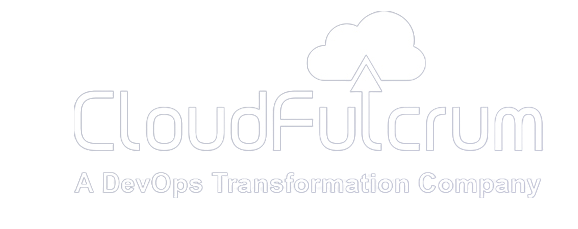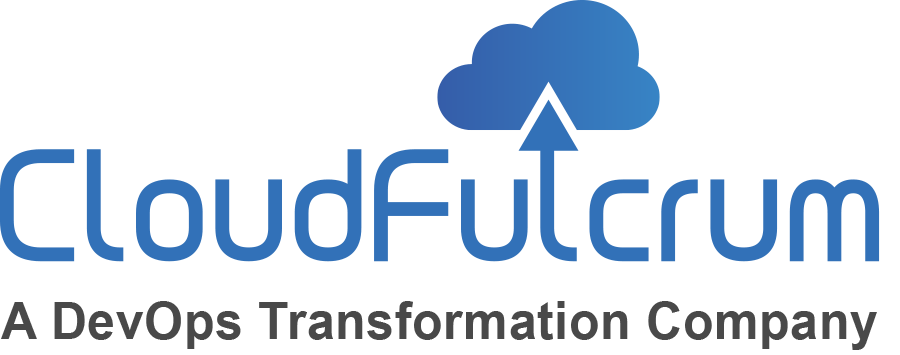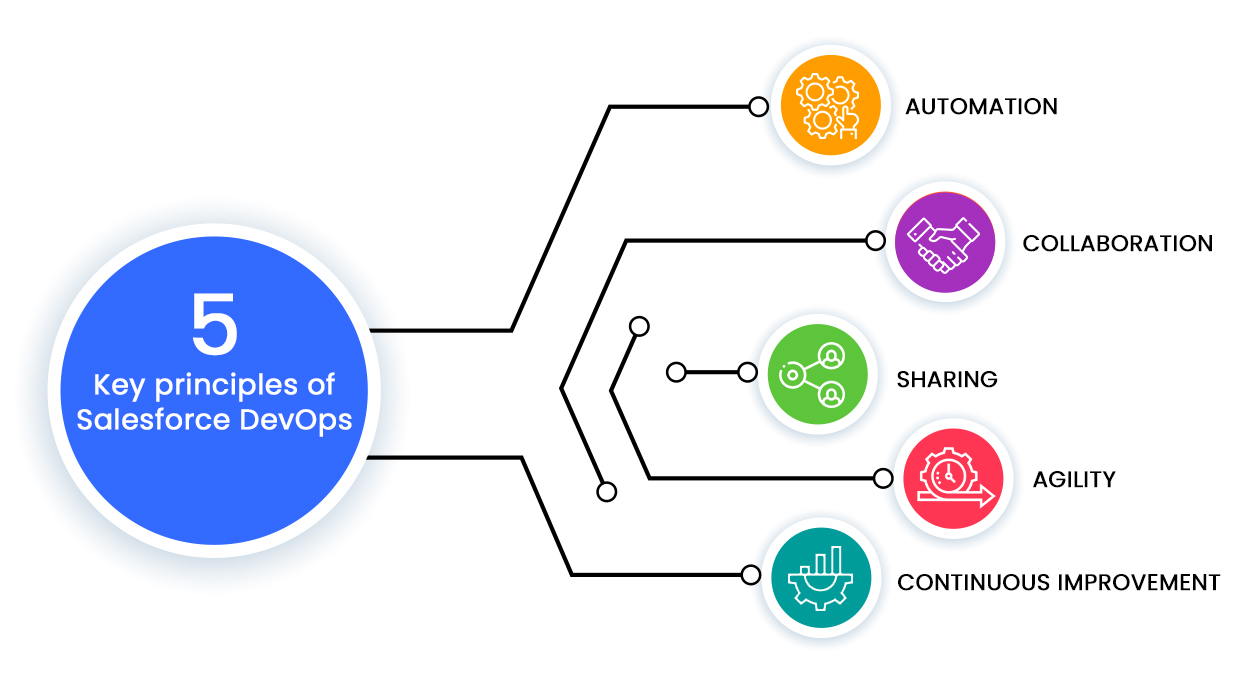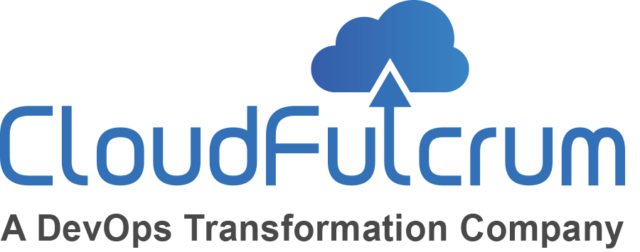The demand for swift and constantly expanding digital experiences has never been higher. To cope with the market’s demands, companies are embracing a DevOps culture to systematize the development, deployment, management and maintenance of software at scale. ‘DevOps’ is a blend of software development practices that combines the terms ‘development’ and ‘operations’ together to shrink the time taken to process a new software development, a new software feature, improvements, updates or bug fixes in consonance with business objectives and added value to users.
Modern DevOps is flexible, and it can look different across organizations and teams. Despite this, there are a common set of principles that should guide any team as they embrace a new process. Over the recent years, a lot has been written about DevOps and how organizations harvest huge benefits from them. However, focusing on practices, principles and values should gain more prominence compared to tools and technology, as they are the foundation for organizations to migrate to DevOps way of working. Laying more emphasis on principles help organizations understand how DevOps drive process and workflow. As the popular quotation by Antoine de Saint Exupéry goes “Perfection is attained not when there is nothing more to add, but when there is nothing left to take away.”
5 KEY PRINCIPLES OF SALESFORCE DEVOPS
For many organizations embracing a DevOps transformation, the journey can be challenging. Where to start? What early wins to accomplish to gain early momentum? Defining the mission, objectives or even the structure for a DevOps transformation is easier on paper than in reality. Incorporating the underlying principles of DevOps in the DNA of your organizational culture is the first step to establishing and sustaining high performance.
Here’s everything you need to know about the DevOps principles necessary to be successful.
PRINCIPLE#1: AUTOMATION
Automation is the key objective for DevOps practices and hence ‘automate everything’ is the primary principle behind DevOps. Therefore, the most vital aspect in DevOps practice is automation of the complete process from configuration and software deployment to the infrastructure setup. Automation is the means to an end. The end is delivering quantifiable business value to the organization and should be entrenched in the elements of the DevOps culture. Thus, automation helps in expediting delivery pace, improving accuracy of service delivery, maintaining consistency and increasing the number of deliveries. DevOps automation works on packaging everything appropriately from the creation, deployment and monitoring. Therefore, automation is synonymous with DevOps, but just because a process is automated does not mean an organization is practicing DevOps. In fact, if automation is done for wrong reasons, it can boomerang and add to technical debt.
In DevOps, automation is triggered with the creation of code in the developer’s machine, which is pushed and later used to monitor the application and the system in production. The DevOps pipeline – fully integrated with continuous integration, constant testing, and swift deployment, including application performance – is automated.
It is significant to foster a culture where the focus is on ‘bottlenecks and flow.’ This implies application of the theory of constraints and systems thinking. When creating an automation system, the automation should be so designed as to support the end-to-end lifecycle that extends across functions.
PRINCIPLE#2: COLLABORATION
Traditional organizations focus on horizontal alignment, whereby the development team, after developing an IT solution, passes it on to the operations team for deployment and maintenance. In DevOps environment, where collaboration is required, it is organized vertically where stakeholders are responsible for end-to-end deployment. The application created through this collaborative approach encourages collective responsibility and ultimately leads to improvement of quality products delivered to users. Every contributor must understand their role in the overall presentation and acquire knowledge of their role at the business level. Working in a collaborative environment to achieve integration needs a special approach. This dependency forms the foundation for building the DevOps bridge. Once a DevOps environment is built, it contributes immensely to the organization’s growth as this technique helps them extract value from processes and products swifter. Surveys conducted on organizations reveal that DevOps will help organizations achieve higher productivity targets, while significantly improving profitability and market share.
The fundamental idea behind DevOps is to combine development and operations to develop an integrated team that focuses on delivering shared objectives. To accomplish this, organizations need to promote development and operations to constantly communicate, share ideas and solve problems together. Integrating processes helps create a dynamic experience across the entire development and deployment process, to reduce unexpected results.
PRINCIPLE#3: SHARING
As with all good practices, n DevOps too, ‘sharing is caring.’ Sharing ceases the feedback loop from all levels of the organizations. This culture of sharing reflects the true philosophy of DevOps as it emphasizes the significance of collaboration. It is critical to share feedback, best practices, and knowledge among teams since it encourages transparency, develops collective intelligence and removes limitations. There is no need to pause the entire development process just because the only person with the knowledge of managing certain tasks went on a vacation or quit the job.
Sharing is about establishing a culture of knowledge sharing: the manner in which knowledge is captured, shared and publicized – whether it is shared collaboratively or if the intellectual property is maintained by employees within teams. Knowledge sharing and the affability of an organization has a direct bearing on productivity and labor costs.
High-performing organizations have a strong element of sharing, continuous learning, and improvement. Organization that promote a culture of sharing, continuous experimentation and learning must first create the cultural building blocks that enable employees to confidently take risks that are generally outside of their comfort zone without the fear of punishment.
PRINCIPLE#4: AGILITY
In an extremely dynamic environment in a modern business landscape, new changes occur every minute. Organizations have to keep evolving and adapting continuously to meet changing customer needs, new technological developments and new legislative regulations. DevOps strongly supports continuous improvements as it helps minimize waste, enhance delivery speed, limit costs, enable delivery, and continuously improve products or services. Therefore, experimentation and improvements are significant activities to be incorporated and are necessarily needed to nurture a method of learning from failures.
Contrasted with traditional approaches of project management, agile planning organizes work in short iterations to boost the number of releases. This implies that the team has to just outline high-level objectives, while making meticulous planning for two iterations in advance. This enables flexibility once the ideas are tested on an early product increment.
PRINCIPLE#5: CONTINUOUS IMPROVEMENT
The concept of continuous improvement includes continuous or iterative software development, implying that all the development work is divided into small segments for better and swifter production. Engineers commit code in small fragments several times a day for it to be easily tested.
End-to-end responsibility also implies that organizations must continuously adapt to dynamic environment, be it new technological developments, customer needs, or legislative amendments. DevOps places a strong focus on continuous improvement to maximize performance, cost, and delivery speed.
DevOps unifies teams to bolster continuous integration and continuous delivery (CI/CD) pipelines through optimized processes and automation. A CI/CD approach enables efficiency in the building and deployment of applications, and automated application deployment enables swift release with least downtime.
About CloudFulcrum
CloudFulcrum with its mission of “DevOps as a Service” has been part of multiple successful Copado implementations across the globe with reference customers in BFSI, Health Care, Retail, Real Estate, and Technology verticals.
CloudFulcrum has launched “Copado as a Service” with the following key capabilities:
- CloudFulcrum Copado COE: The company has built a strong Copado Center of Excellence with Certified experts constantly innovating on the platform. The COE teams with a deeper understanding of Copado architecture are spread across all major geographies offering advisory as well as managed services for Copado Customers.
- End-to-End Change and Release Management: CloudFulcrum offers end-to-end change and release management services for Salesforce customers using Copado with the following, but not limited to:
- Setup, monitoring, and promotion of user stories through the Copado Pipeline
- Back-Promotion and handling of merge conflicts
- Sandbox Refresh and Data Management including CPQ templates
- Extending Copado to meet SDLC needs as required
- Create and maintain Enterprise DevOps Reports and Dashboards built on Salesforce




